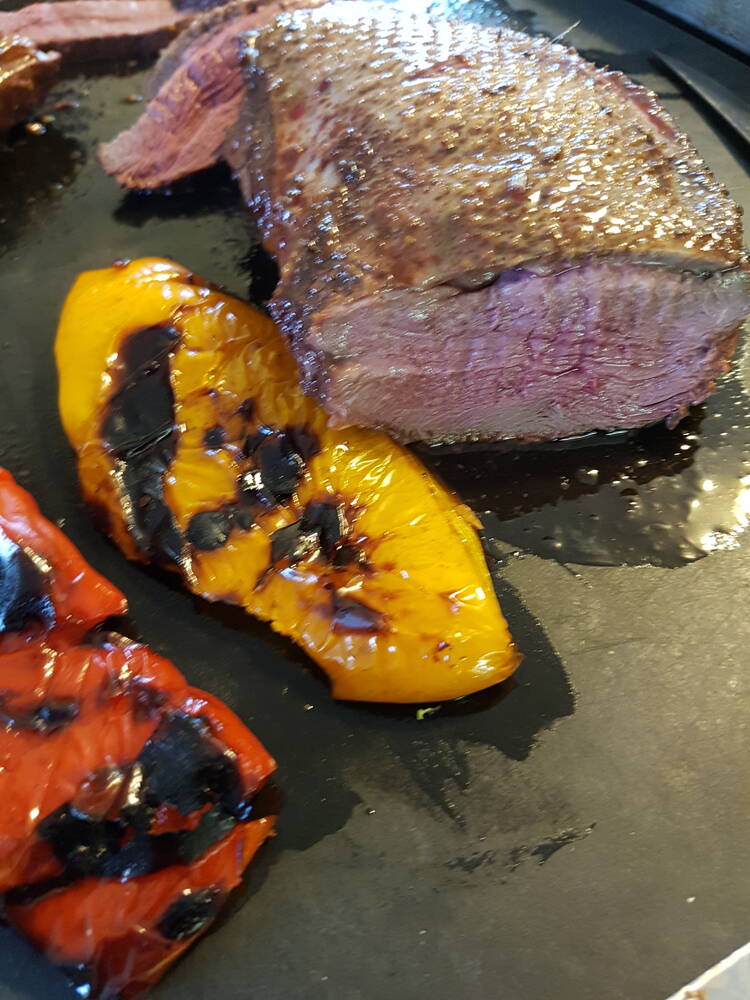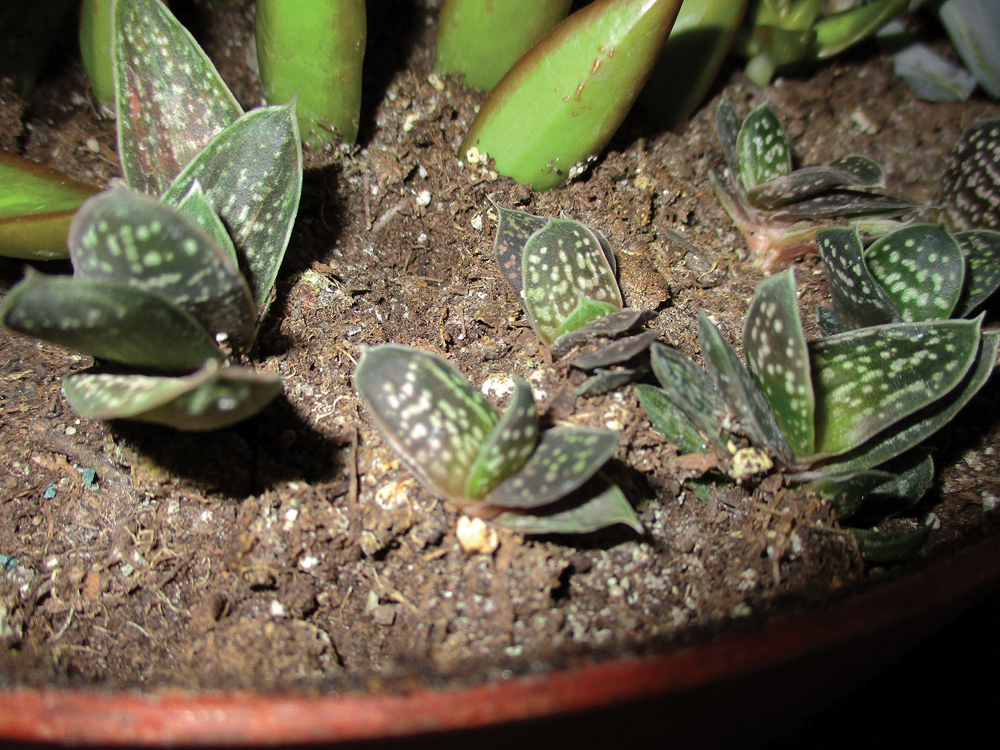It’s time! Mid-March, for avid gardeners, is like a bell ringing. We can begin to start some seeds indoors to establish plants for our outdoor gardens. Many of us have already ordered seeds from catalogues or visited seed houses that sell them. (I luckily live fairly close to a really reliable one that has been in business for years — Lindenberg Seeds in Brandon.) Wherever you get your seeds, hopefully you will already have the ones that need to be planted right away.
Caution though, as not all — in fact not many — seeds should be planted quite this early. Most of us have less than optimum locations to raise seedlings, often with high temperatures and a lack of light. Early-planted seeds will grow into leggy plants that will be less than desirable come planting-out time. Most packages and some catalogues suggest planting dates and these should be carefully considered and then adjusted for your specific needs.
Read Also

Giant Canada geese have gone wild in Manitoba
Giant Canada geese are seemingly everywhere and can be fine table fare for local hunters, but 70 years ago, they were borderline extinct.
Remember that the suggested planting dates are for optimum conditions and that some of the catalogues are geared more to the commercial grower than to the home gardener (Stokes, for example). These dates take into consideration that greenhouses will have perfect conditions and that commercial growers use growth retardant chemicals to prevent seedlings from getting leggy, producing those perfect flats of plants. Home gardeners should postpone planting for a week or so later than the recommended dates if there is a concern that the plants will get too leggy before they can be put outside. Also, if seedlings cannot be moved outside into a cold frame in April or at least set outdoors on sunny spring days to harden them off, then they will surely get taller and less sturdy than desired.
You may have a particular goal in mind for certain plants. Perhaps you want them to bloom early for a June wedding or an early-July flower show, or later in the season for a mid-August show. We all want the taste of early veggies from our gardens, but instead of planting all the seeds at one time, why not stagger indoor seeding? For early-season ripe tomatoes plant a few seeds of an early variety now and plant the rest in a couple of weeks from now.
When deciding what seeds to start, consider how long they take to germinate and how quickly the seedlings will grow. Parsley and pansy seeds take a long time to germinate so can be planted now while marigolds and zinnias will germinate in a few days so can be started later.
You’ll also have to consider the relative hardiness of each plant. Onions, pansies, snapdragons, and many perennials will withstand cool spring temperatures, even tolerating late-spring frosts after being hardened off and then planted outdoors. These plants can be sown earlier than ones that will not tolerate cool temperatures and late-spring frosts. Coleus, impatiens, ageratum and vines such as cucumber and squash cannot be planted outdoors until threat of frost is gone. It isn’t quite that simple, however, as the first two are also quite slow growing so the seeding of some “tender” plants cannot be left too late or the seedlings will be too small and take most of the summer to mature.
Perennials are popular, but buying fully grown potted ones can be expensive, so growing from seed is a good idea. Generally, perennials are slow growing and the seeds are not always quick to germinate so they can be planted now. Perennials like echinacea and “Blue Clips” campanula are easy to grow from seed and started now they will usually bloom before the end of the growing season (although later than mature specimens already established in the garden).
So — get ready, get set, go… plant some seeds! Be sure to use a good sterile soilless mix, use clean containers, and label everything as you plant. Also, be practical and only plant what your particular situation can handle so you don’t become frustrated and discouraged when the seedlings, lacking a proper environment, don’t do well. Above all, enjoy getting your fingers in the dirt as you plant the first seeds of 2019!















